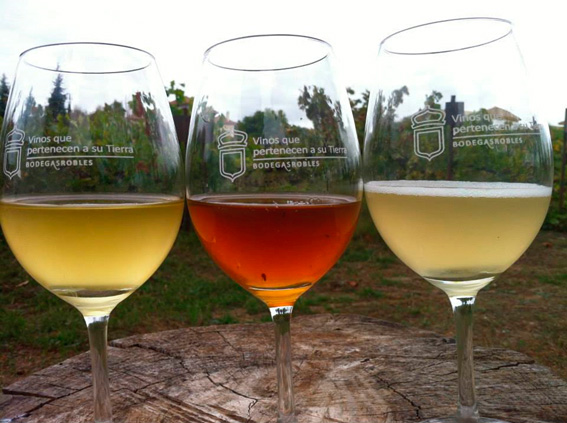Keep an eye on your vine
Learning the importance of the little things
in the balance of the ecosystem
![]()
Do you want to be “sponsored as a patron” by an organic vine?
You’ll be assigned, exclusively, a vine from our organic vineyard. You can follow, in real time, its evolution: worry about the weather, endure pests and enjoy watching the beauty of veraison (ripening of the grapes), the weeping vines, budding (or budbreak).
You can also come to visit the vine, learn about its handling and to enjoy it. You can attend the meetings which we regularly organise: pruning, tipping (or pinching off), thinning, the harvest and the arrival of new wine.
We say that the vine is a godmother as it is the vine which teaches us, the patrons, the principles of agriculture and the virtue of patience. Learning what it is and what is done in an organic vineyard: biological pest control, the role of hedges and insects, fertilisation by means of vegetation cover, indigenous yeasts and the importance of the soil in wine.
Learning the importance of the “little things” in the balance of the ecosystem: ladybugs, insects, biodiversity.
And at the end of each crop we will have the opportunity to see that, as always, we reap what we sow.
All things considered, we want you to understand why we say that our wines are made in the vineyard, the reason behind why our wines belong to their soil.
Keep an eye on your vine. / Canal Sur Andalucía











